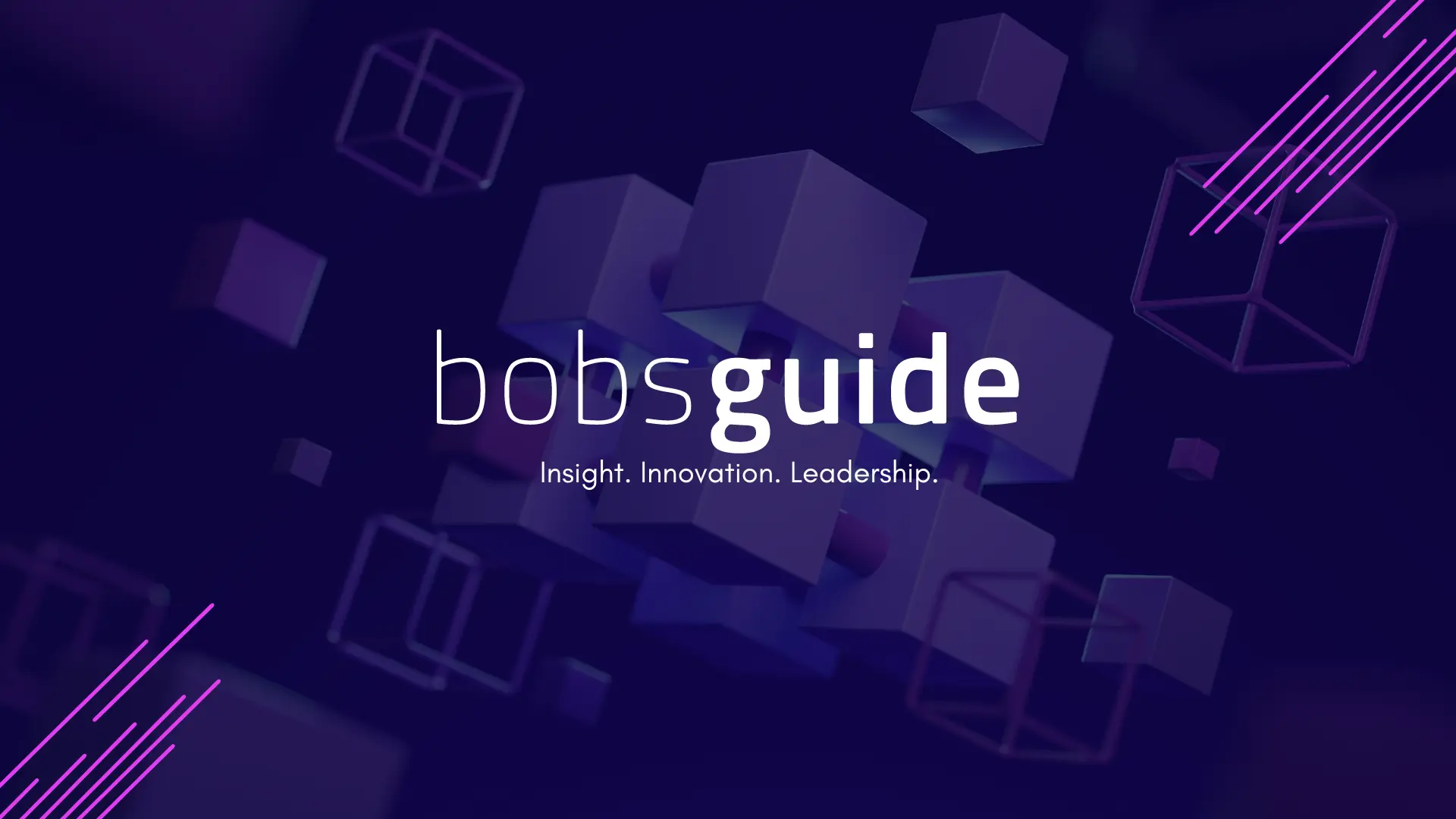Why is digital customer onboarding so important in banking?
Digital banking is so much more than a online banking, it is the whole customer experience and journey one takes from the mobile device primarily without involving human interaction. This is the norm following the pandemic. However, can the banks and financial institutions realise the importance of gaining the customer’s attention from the start offering a smooth and seamless journey with guided and easy steps all the way? what are the advantages of this and what does the future hold?
-
Dionysis Kritikos
- May 11, 2022
- 6 minutes

New banking customers are expecting to open a new chequing or savings account remotely by using their laptop or mobile device. According to the special report published by BAI, three-quarters of millennials say they would switch banks for a better mobile experience by 2020, while Gen Xers’ appetite to use digital methods to open bank accounts for savings and loans is rising.
Mobility goes to the next level, and it is becoming critical to deliver a competitive onboarding process. Users need to be able to open a bank account on any device, whenever they want – this comes with several challenges, however. Most banks will need to acquire a new level of technical flexibility to achieve this. To provide bank personnel with a 360-degree customer view, data must be accessible through APIs, systems, and form fields which are easy to use.
The various banking departments need to communicate in real-time, and silos must be broken down. Due to their design, large legacy systems are frequently unable to integrate with such an ecosystem. Technical support is therefore required to bring all the pieces together and provide a consistent onboarding experience.
Digital onboarding: delivering to the bottom line or additional cost?
The digital onboarding process becomes paramount for the competitiveness of a bank when delivering the customer experience, thus increasing conversion rates.
Additionally, investment in a modern onboarding process can potentially cut costs by improving efficiency and eliminating obstacles and response time, whilst also adhering to some of the most severe restrictions with ease.
What are the advantages of making an investment in digital onboarding?
According to the Vass corporate survey, the following are the most important benefits:
Speed: Bank onboarding is typically a high-friction process that includes trips to the office, long wait times to speak to bank personnel, messengers, and costly paperwork. What previously took an average of three weeks can now be completed in three minutes due to advancements in technology.
Bank customers can use a digital onboarding process to register a person with all the necessary requirements and extra credentials that the bank needs to do business with them.
Ease of use-Omnichannel: A digital onboard can be done by anyone with an electronic device, a camera, and internet access. The process can be completed, and the customer does not need to physically visit the bank or fill out forms in person.
Efficacy in real-time: Security measures are done in real-time, and the biometric pattern of a potential customer’s face and their life is also checked. All of these are processed in seconds.
Increase in customer numbers: Conversion rates have grown by 40% as a result of improving customer experience.
Any form of identification: Both identification and registration are based on the use of biometric tools for document recognition and capture, following the legal and business requirements.
New customer registration model: Banking organisations are setting the foundation for their future on a technology pillar which will allow them to offer new products and services, as well as new customer relationship models.
The results
Over the past few years, financial institutions have engaged in digital onboarding through both mobile and traditional online platforms.
According to Forbes, in 2021, about 80% of all financial institutions had implemented new systems for creating digital accounts or improving existing ones. However, challenges remain in establishing a successful digital onboarding process.
Some financial institutions have opted to only host parts of the onboarding process online; final paperwork still must be signed by the consumer in the branch. This step might be a crucial winning element for new clients, resulting in higher abandonment rates.
Similarly, some institutions which have made the switch to full online onboarding have found the process too difficult, or too time consuming, for customers to complete resulting in lower application rates. According to a 2019 Lightico study, 40% of millennial consumers who applied for a bank account abandoned the onboarding process. They cited a lengthy, time-consuming verification process as well as issues with filling out paperwork as grounds for abandoning the project.
If banks cannot deliver a quick and straightforward mobile onboarding procedure, customers will either go to another financial service provider or give up trying to receive that service at their bank.
The regulatory framework of digital onboarding
When opening a bank account in person, a bank must undergo a number of checks of the consumer to ensure it is compliant with certain regulation – notable anti-money laundering and know your customer rules.
When digitally onboarding a potential customer, banks need to ensure the same checks are made. For instance, customers going through the digital onboarding process will be unable to use selfies or photographs of themselves as a means of identification, given the low degree of security these forms of identification offer. Instead, video identification can be used.
When looking to understand what regulation needs to be adhered to, banks need to be cognizant of how rules differ within different jurisdictions:
European level: The European Anti Money Laundering Directives (AML5) and the eIDAS Act allow video identification to be used for digital onboarding. As a result, over 500 million people across Europe are now able to open an account at any financial institution in Europe.
Worldwide level: Numerous other regulators are considering whether video identification can be used for digital onboarding, where demand requires it. However, according to an article by TimeQuantum, regulators will need to be wary of ‘bankarization’.
Certification Authority: Due to the eIDAS and AML5 regulations, you can now issue “natural person” certifications remotely.
The future of omnichannel onboarding
Customers can start their onboarding journey anywhere (a search result, a home page, an Instagram post, or a link from a blog) and switch to another at any time, to continue where they left off with omnichannel solutions.
Successful onboarding follows the customer around between platforms, remembers the information they have inputted, and makes it easy for them to start again later, which lowers the chances out of them abandoning their application.
Now or never
Challenger banks have, as the name suggest, disrupted the financial services market.
The ease at which consumers can now open a bank account means digital onboarding is a chance not to be missed. This acquisition, as well as the reduction in expenditures and attrition rates, have all been demonstrated. Banks which have taken a proactive stance have seen little repercussions. Young and elderly customers are accustomed to using online tools to book flights, purchase insurance, and purchase practically anything at their leisure and through their preferred channel. Arguably, digital onboarding is not as difficult as it appears.
Finuevo Digital has already developed the software that connects the different parts of the banking system and gives customers a consistent and satisfying experience. Find out more information here: https://finuevo.com/finuevo-digital/

 Bobsguide is a
Bobsguide is a